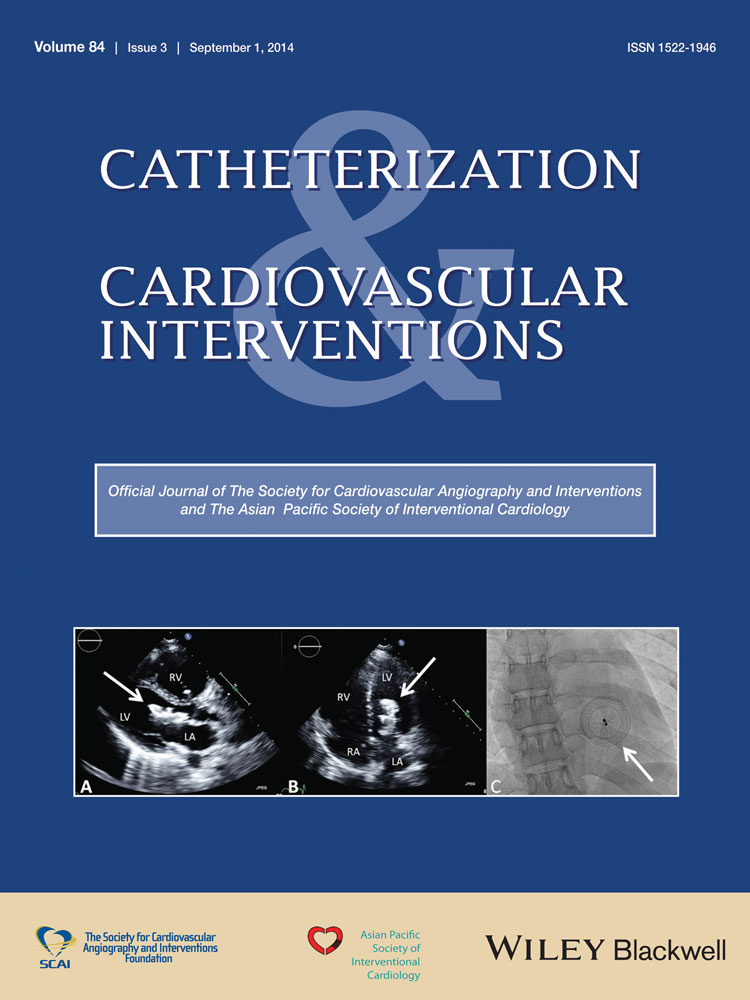Association of ischemic stroke, hormone therapy, and right to left shunt in postmenopausal women
Conflict of interest: Nothing to report.
Abstract
Background
Postmenopausal hormone therapy (HT) increases the risk of venous thrombosis and ischemic stroke.
Objectives
We postulated that HT might increase the risk of ischemic stroke by promoting venous clots that travel to the brain through a right to left shunt (RLS).
Methods
A total of 2,389 records were studied. After eliminating the premenopausal patients, and those with TIAs and non-ischemic strokes, the medical records of 1846 postmenopausal women hospitalized at four institutions for ischemic stroke were reviewed to identify those who had undergone an adequate study to assess for RLS. The proportion of women with a shunt in users and non-users of HT was compared in stroke patients and in a reference population consisting of postmenopausal women undergoing elective cardiac catheterization.
Results
There were 363 (20%) records that had complete data and were included in the analysis. A shunt was more prevalent in patients with a cryptogenic stroke than in patients with a stroke of known cause (55/88 (63%) vs. 53/275 (19%), P < 0.001). In patients with a stroke of known cause, the frequency of a shunt was similar to that in reference women 31/136 (23%), and the proportion of women with a shunt was similar in non-users and current users of HT (14% vs. 20%, P = 0.40). However, among patients with a cryptogenic stroke, the prevalence of a shunt was 1.5 times higher in current users than non-users of HT (82% vs. 56%, P = 0.04).
Conclusions
Approximately 23% of older women have a RLS. HT in these women may increase the risk of ischemic stroke by promoting paradoxical embolism. © 2014 Wiley Periodicals, Inc.




